Narrative photography
With Bosnians warriors and injured
Mohammad Hussein Ghadami
Translated by: Zahra Hosseinian
2019-7-30
During the twenty-fourth anniversary of the Srebrenica Massacre in the Bosnian War, I remembered those days when some of the Bosnian warriors and wounded had been brought to Iran for treatment, and I left the conex box, where used as a small office for Literature and Art of Resistance, and visited them to hear and record their story and memories. I conversed with disabled veterans and injured who were accommodated in Enghelab Hotel and being treated in various hospitals of Tehran.
We took them to the shrine of Imam Khomeini, visited museums, watched football matches in Azadi Stadium, and finally we invited some of their narrators to our ‘Night of Memories’ event. One of them, who was the guest of fourth ‘Night of Memories’ event on April 8, 1993, said: ‘I’m Javad Sinanovich. I’m nineteen years old and student in the field of Electronics. I was injured five months ago. When the enemy began to massacre Muslims in our city, I and my friends prepared for fighting and moved toward the out of city. We encountered and clashed with the Serbian army at eight o'clock in the morning. After moments of hit-and-run fighting, I collided with a mine and lost my leg. I liked to stay and fight along with my friends, but unfortunately, they sent me back. When I was returning, I saw the horrible scene of cutting the head of a Muslim mother and her son, and I passed out. As I regained my consciousness in the hospital, screamed, ‘take me back, I want to take revenge’, but I was shocked and passed out for two days. I've not hear of my siblings, and don’t know what has happened to them. I thank the physicians who treat me and also the hospitality of great Iranian. I wish there would be no war anywhere in the world.’
See the following photos:
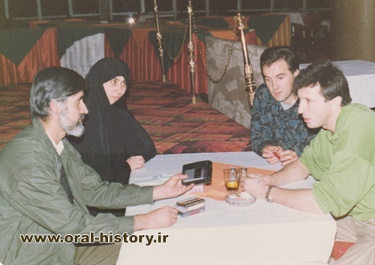
Hearing the memoires of Hussein and Ibrahim Begovich; tell what you feels like it...
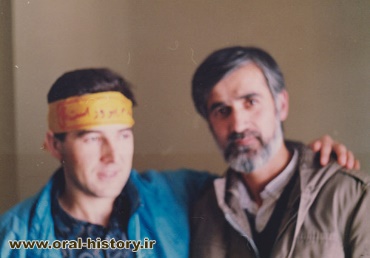
The only photo of Ibrahim I have
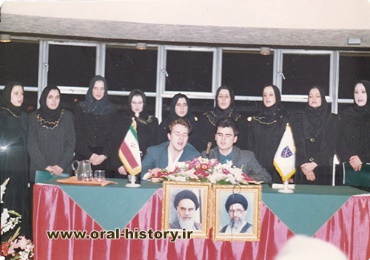
The Bosnian artists’ singing in the Enghelab Hotel
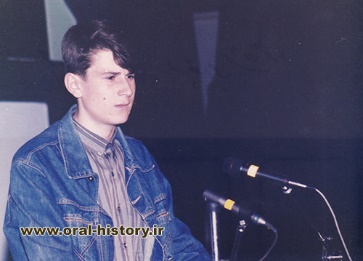
Javad Sinanovich on the fourth ‘Night of Memories’ event
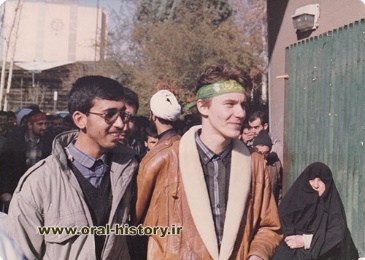
Admir after finishing of Friday Prayer at Tehran University; the face is the index of the mind…
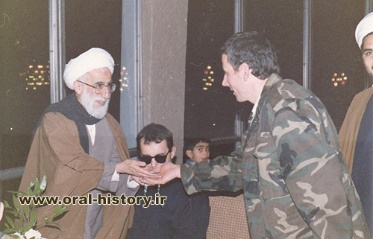
Honoring the guests on the last day of their presence
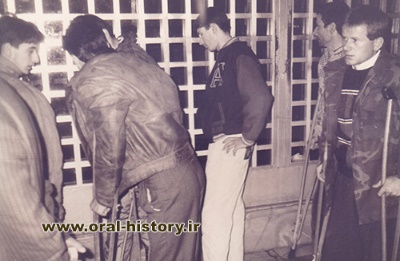
Stunned by simplicity and grace of the tomb of a great man who shook the world with the Islamic Revolution...
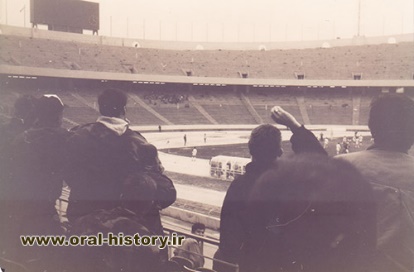
Azadi Stadium; no foreign spectator had encouraged the Iranian football team such a passionately...
Number of Visits: 6290








The latest
Most visited
A Statistical Glance at the Oral History Archive of Iran
The Oral History Weekly, an electronic periodical that commenced its regular publication in November 2010, now stands on the threshold of releasing its 700th issue. Published every Wednesday, the newsletter consolidates all content posted on the Oral History website over the preceding week and circulates it to more than 850 subscribers via email. This report—drawing upon statistical data from content published on ...A Memory of an Army Aviation Pilot
I was taking a nap in my office when the door opened and a soldier entered the room. I got up from my chair and after arranging my clothes, I prepared to hear the soldier's news. After saluting, he said, "Captain, the commander has business with you." And with this, he paid military respect and left the room.Monafeghin: A New Deception
July-August 1989Following the discussions around the asylum of Iraqi prisoners of war in Iran during peace negotiations, the Iraqi side, not wanting to fall behind, launched their own campaign to offer asylum. At the outset, they attempted to attract prisoners by making grand promises ...
Supports from Guilds and Bazaars peaple
Memoirs of Haj Hossein FathiOur base of operations had become the Saheb al-Zaman Mosque in the Kamp-Lou neighborhood of Ahvaz. With the assistance of Brother Khani and his companions, we began preparing hot meals and sending them to the frontlines. We ourselves, along with several fellow merchants from the bazaar, entered the conflict zone, bringing warm clothing, ...


